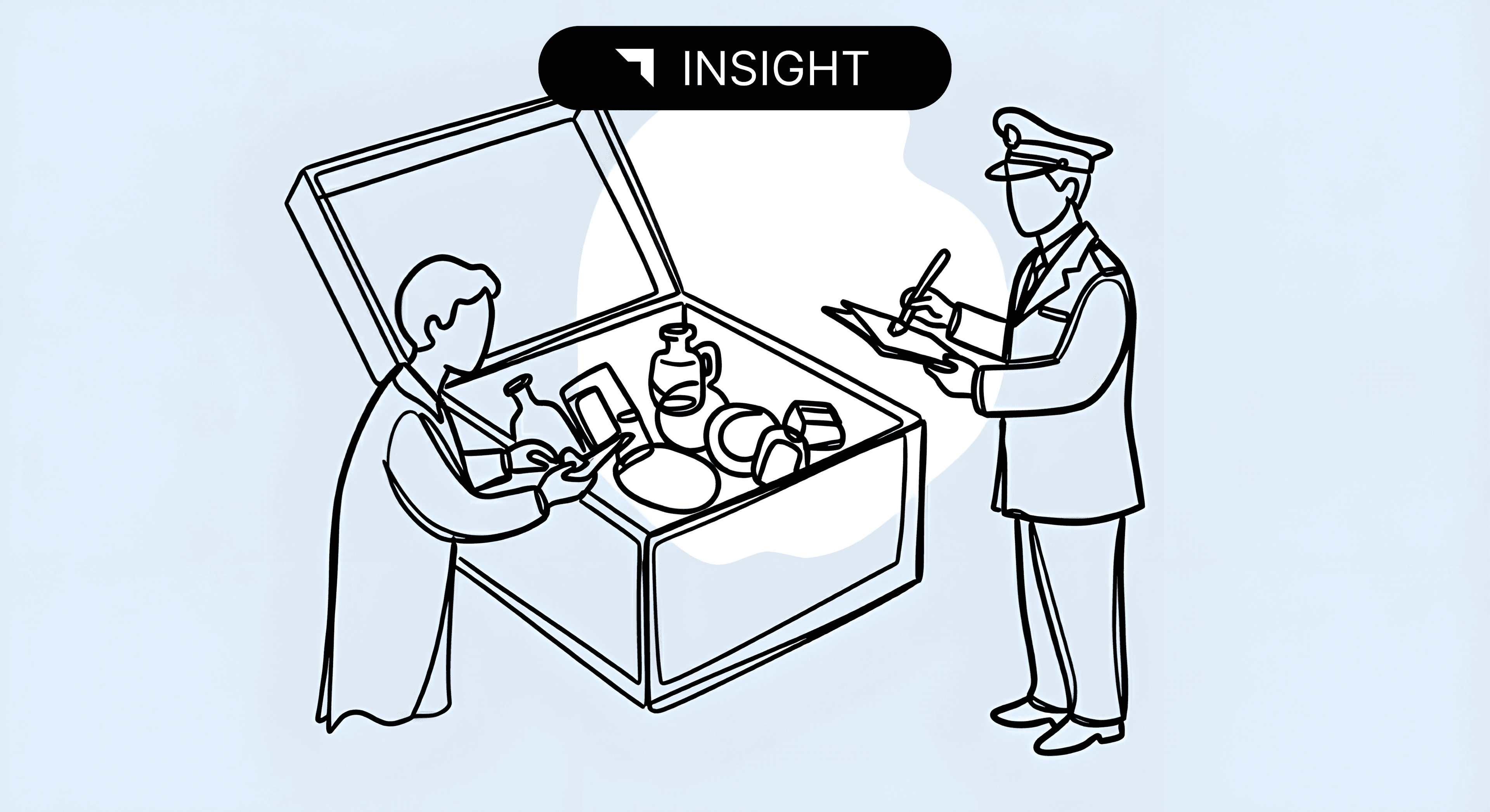
Using Exclusions, Modifications, and Re-engineering to Manage 301 Duties
The Section 301 tariffs on goods from China and other countries have reshaped global supply chains. For importers, these duties can significantly impact product margins and pricing strategies. Yet, proactive companies are finding legal, creative ways to mitigate the impact through tariff exclusions, product modifications, and re-engineering—all while staying compliant with U.S. Customs and Border Protection (CBP) regulations.
This article explores how trade professionals can apply these strategies to manage 301 duty exposure responsibly and effectively.
Understanding Section 301 Duties
Section 301 duties are additional tariffs imposed by the United States under the Trade Act of 1974. They target specific countries and product categories based on findings of unfair trade practices, intellectual property violations, or other policy concerns.
Since 2018, these duties have affected thousands of HTS classifications, ranging from industrial machinery to consumer electronics. Importers face additional tariffs of 7.5% to 25%, depending on the product’s classification.
Strategy 1: Using Tariff Exclusions
When the U.S. Trade Representative (USTR) announces exclusion opportunities, importers can petition for temporary relief from 301 duties. Even though many rounds have expired, reactivations and new reviews occur periodically.
Key steps for leveraging exclusions include:
- Monitor the Federal Register for reinstatement notices and deadlines.
- Document eligibility with proof of product equivalence and sourcing history.
- File timely requests with comprehensive technical descriptions.
- Coordinate with suppliers to ensure consistent part numbers and specifications.
Even after an exclusion expires, companies may still seek retroactive refunds for entries filed during the covered period if they meet all requirements.
Strategy 2: Product Modifications and Re-engineering
Re-engineering products can sometimes move them into a different Harmonized Tariff Schedule (HTS) classification not subject to 301 duties. This is a form of tariff engineering, which is legal when the physical characteristics of the imported product support the declared classification.
Examples include:
- Material substitution: Using non-Chinese components or alternate materials.
- Functional redesign: Simplifying or separating product components so that imports reflect distinct subassemblies.
- Firmware or software adjustments: Importing devices without embedded programs when the classification changes based on programming state.
- Packaging or assembly modifications: Altering the imported form without misrepresenting its true nature.
Every modification must reflect the commercial reality at the time of importation and be supported by clear documentation, engineering drawings, and testing data.
Strategy 3: Country-of-Origin Shifts
In some cases, companies can shift final assembly or substantial transformation to countries not covered by Section 301 duties. However, this strategy requires careful analysis of origin rules, as minor processing in a third country will not change the product’s origin under CBP standards.
Compliance teams should verify transformation steps using rulings, lab reports, and bill of materials documentation before declaring a new origin.
Avoiding Red Flags and Compliance Risks
Customs authorities closely monitor changes made solely for tariff avoidance. To stay compliant:
- Never obscure the true origin or actual manufacturing process.
- Maintain detailed records of design rationale and engineering decisions.
- Confirm that all import documentation, including invoices and HTS declarations, matches the product’s imported condition.
- Consider obtaining a binding ruling from CBP to validate new classifications or origin determinations.
Leveraging AI for Smarter 301 Duty Management
Platforms like Trade Insight AI enable importers to analyze thousands of HTS codes, rulings, and tariff schedules to identify compliant duty-saving opportunities.
With AI-driven insights, trade teams can:
- Compare classification alternatives using historical CBP rulings.
- Detect duty overlap and origin risks automatically.
- Simulate cost impacts of design or sourcing changes.
- Generate data-backed documentation for compliance audits.
By integrating AI tools, companies can confidently pursue re-engineering strategies without crossing compliance lines.
Key Takeaways
Mitigating 301 duties requires both creativity and caution. Success comes from balancing innovation in product design and supply chain planning with strict adherence to customs law.
- Track and apply for tariff exclusions when available.
- Explore re-engineering and modification options that legitimately change HTS classifications.
- Document all changes thoroughly and verify compliance through rulings or expert review.
- Use AI-based trade compliance platforms for consistent analysis and monitoring.
Proactive planning today can save millions in duties tomorrow—without risking costly penalties or enforcement actions.
Related News

October 28, 2025
When Related-Party Pricing Becomes a Valuation Problem
Read more →
November 3, 2025
How to Design Products for Lower Duties Without Crossing Compliance Lines
Read more →
September 26, 2025